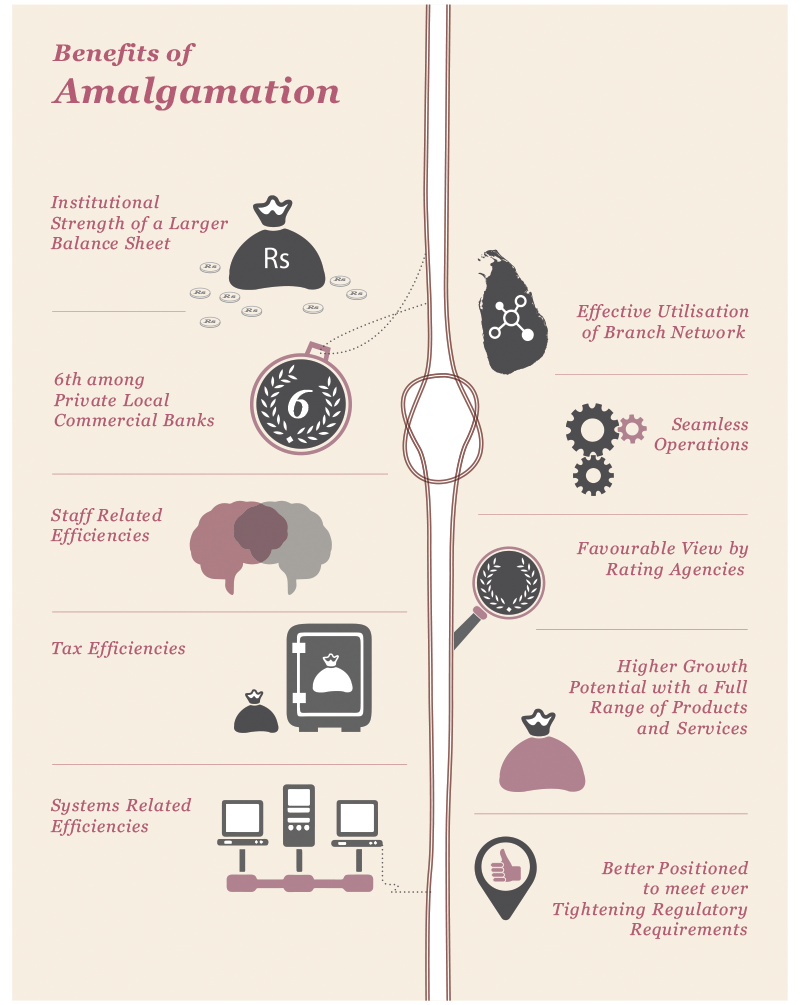The Global Economy
Global growth in 2015 was at 3.1% compared to 3.3% in 2014. This is primarily attributed to the slow down in emerging markets and developing economies, a weaker than expected recovery in advanced economies, low commodity prices and weaker capital and trade flows. Growth projections for 2016 and 2017 are 3.4% and 3.6% respectively. (IMF, World Economic Outlook Update, January 2016).
Projected pickup in growth in the next two years is expected to come from the recovery in advanced economies relative to 2015 and a partial normalisation of conditions resulting in gradual improvement of growth rates in countries currently in economic distress such as Brazil and Russia, and some countries in the Middle East.
With rebalancing of economic activity away from investment and manufacturing towards consumption and services, China is projected to continue to gradually slow down further with its spillover effects on the rest of the world through trade and commodity prices. Projected growth may be further impacted by a gradual tightening in monetary policy in the United States and a persistent drop in commodity prices, spillover effects of the Trans-Pacific Partnership agreement on non-member countries due to diversion of trade and geo-political tensions.
The inflation has declined in advanced economies, mostly reflecting the decline in the prices of oil and other commodities. In emerging market economies, lower commodity prices have also contributed to lowering inflation, but sizeable currency depreciation has led to offsets on the upside in some economies.
Major global developments in 2015 included the establishment of the Asian Infrastructure Investment Bank; a new development bank promoted by the BRICS, the reaching of the Paris climate agreement and the Renminbi’s admission to the basket of currencies that constitute the International Monetary Fund’s reserve asset; Special Drawing Rights (SDRs).
The Sri Lankan Economy
With two main elections and the resulting political uncertainties leading to investors adopting a ‘wait and see’ approach for want of policy direction, economic activity slowed down during the year. Sri Lanka recorded a GDP growth of 5.2% for the first nine months in 2015 compared to 7.4% in 2014.
Inflation decreased to 4.2% in December 2015 from 4.8% in November 2015, on a year-on-year basis. Inflation on an annual average basis was 3.8% in December 2015.
The country’s external sector performance contracted during November 2015, on a year-on-year basis, due to the decline in import expenditure at a higher rate than the reduction in export earnings. The workers’ remittances declined by 7.2% year-on-year in November 2015. However, the tourist earnings continued to increase. The balance of payment has recorded an overall deficit of USD 1,274 million during the year up to November 2015 in comparison to a surplus of USD 1,628 million recorded in 2014. Sri Lanka’s gross official reserves stood at USD 7.3 billion at the end of November 2015, with total foreign assets amounting to USD 9.1 billion, equivalent to 5.7 months of imports. The Sri Lankan Rupee depreciated against the USD by 9.03% during 2015. Over the year, based on cross currency exchange rate movements, the Sri Lankan Rupee appreciated against the Australian Dollar by 2.42% and the Euro by 1.30%, while depreciating against the Japanese Yen by 8.20%, the Pound Sterling by 4.46% and the Indian Rupee by 4.62%.
The Banking Sector
Sri Lanka’s banking sector remained strong with healthy capital and liquidity levels. During the first eight months of 2015, deposits remained the main source of funding and represented 73% of the increase in assets. The cash and due from banks declined due to utilisation in lending and investments. Driven by the expansion of credit extended to both private and public sectors by the banking system, all loan products except pawning recorded an increase during the first three quarters of 2015 and term loans accounted for 61% of the increase in total loans. The Non-Performing Loans (NPL) in most of the sectors increased and the consumption sector which includes pawning, reported the highest increase in NPLs accounting for 39% of the increase.
The banking sector recorded an improvement in profitability due to increase in net interest income resulting from lower interest expenses due to the impact of declining interest rates on deposits.


